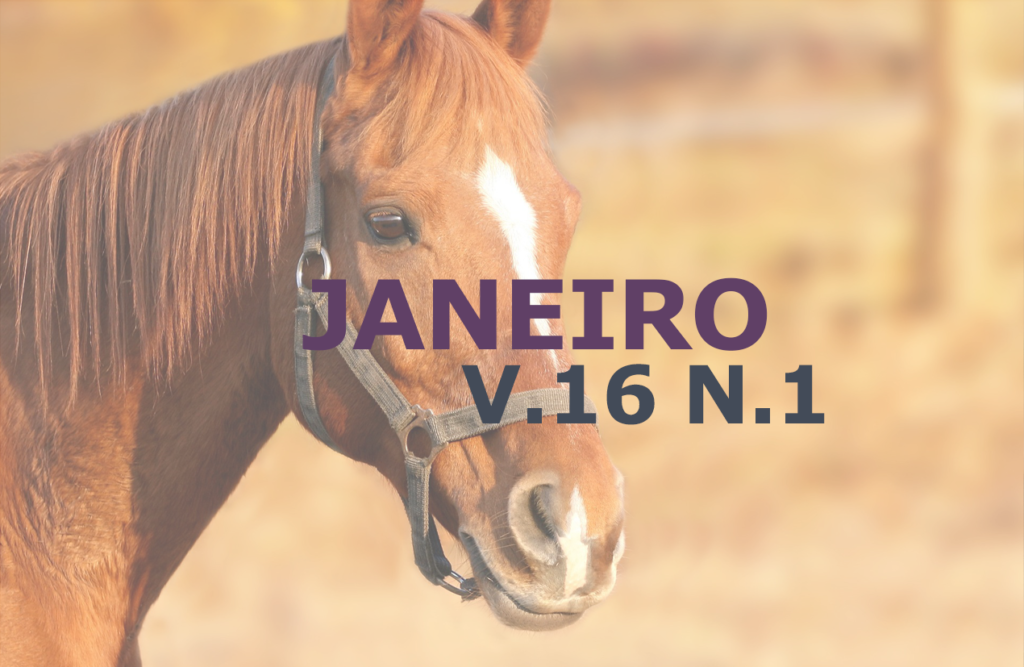Distocia em Jabuti-piranga (Chelonoidis carbonaria) em cativeiro: Relato de caso
DOI:
https://doi.org/10.31533/pubvet.v16n01a1017.1-8Palavras-chave:
Celiotomia, distocia, ocitocina, ovariosalpingooviductotomiaResumo
Os jabutis são quelônios terrestres pertencentes à ordem dos Testudines. Cada vez mais existem répteis criados como animais de estimação, e muitas vezes por causa da falta de orientação e conhecimento dos tutores sobre a biologia e fisiologia destes animais, várias doenças ocorrem por manejo inadequado nesta espécie. Um exemplo disso é a retenção de ovos ou distocia, a qual se trata de uma afecção comumente relatada em répteis criados em cativeiro. Nos casos em que houver suspeita de distocia, é importante realizar a radiografia como exame complementar para auxiliar no diagnóstico de retenção de ovos. Para o tratamento, quando o manejo clínico não invasivo falhar na solução do problema, intervenções cirúrgicas deverão ser consideradas. O objetivo deste trabalho foi relatar um caso de distocia em jabuti-piranga em cativeiro que inicialmente foi instituído o tratamento medicamentoso através da administração de ocitocina e borogluconato de cálcio. Devido à falta de resposta, a paciente foi submetida ao procedimento cirúrgico, obtendo assim, um resultado positivo.
Downloads
Publicado
Edição
Seção
Licença
Copyright (c) 2022 Bianca Sandrin Saim, José Carlos Roble Júnior, Paulo Rogério Mangini, Antonella Souza Mattei

Este trabalho está licenciado sob uma licença Creative Commons Attribution 4.0 International License.
Você tem o direito de:
Compartilhar — copiar e redistribuir o material em qualquer suporte ou formato
Adaptar — remixar, transformar, e criar a partir do material para qualquer fim, mesmo que comercial.
O licenciante não pode revogar estes direitos desde que você respeite os termos da licença. De acordo com os termos seguintes:
Atribuição
— Você deve dar o crédito apropriado, prover um link para a licença e indicar se mudanças foram feitas. Você deve fazê-lo em qualquer circunstância razoável, mas de nenhuma maneira que sugira que o licenciante apoia você ou o seu uso. Sem restrições adicionais
— Você não pode aplicar termos jurídicos ou medidas de caráter tecnológico que restrinjam legalmente outros de fazerem algo que a licença permita.





